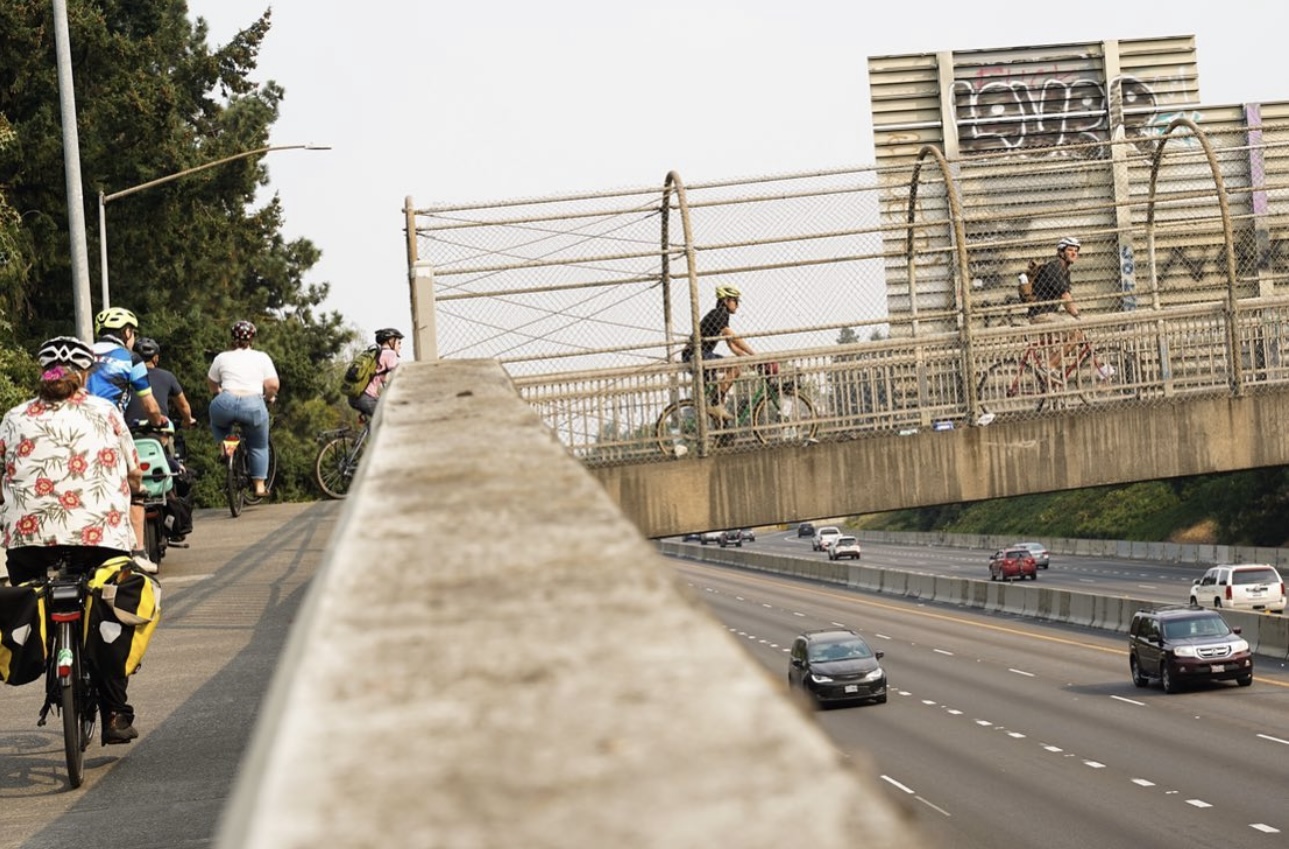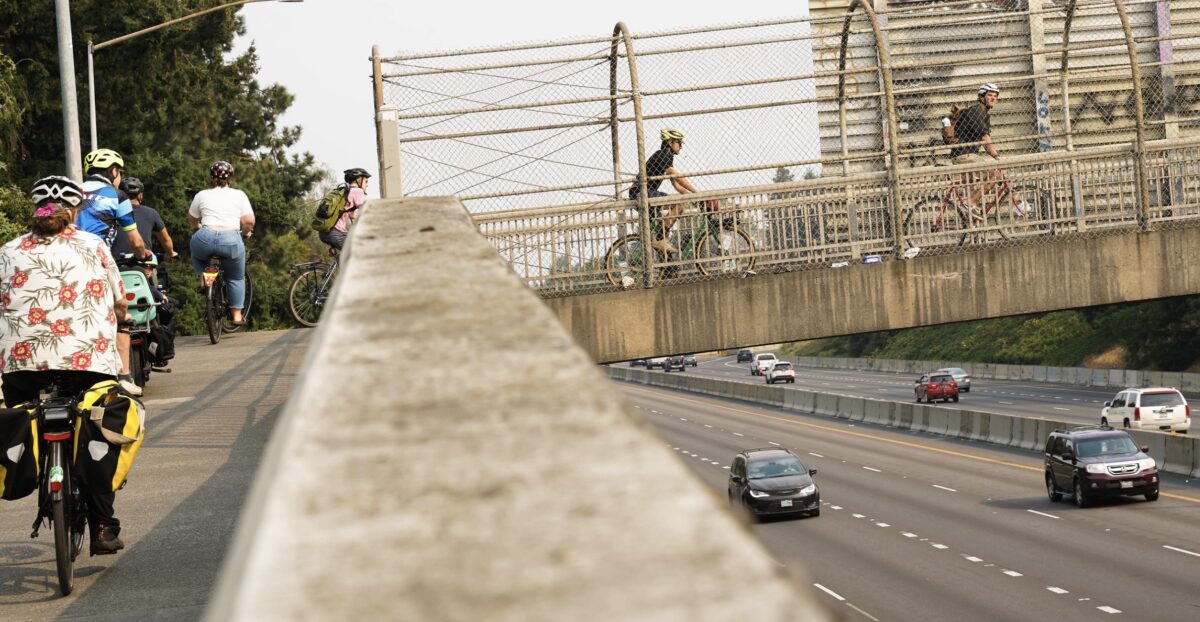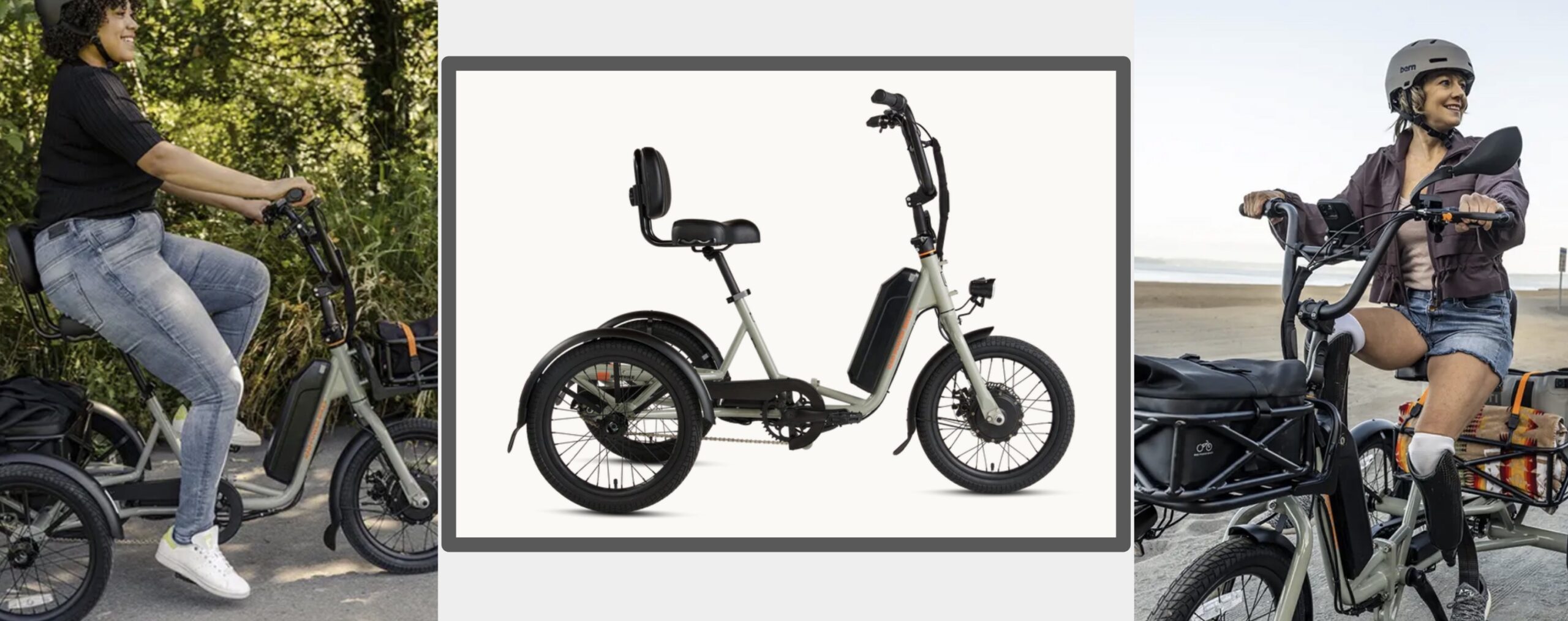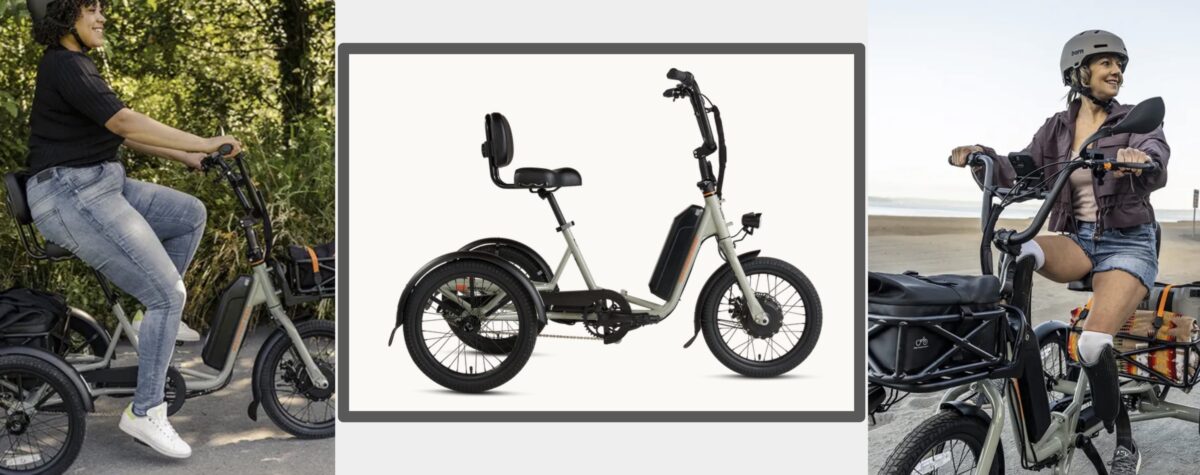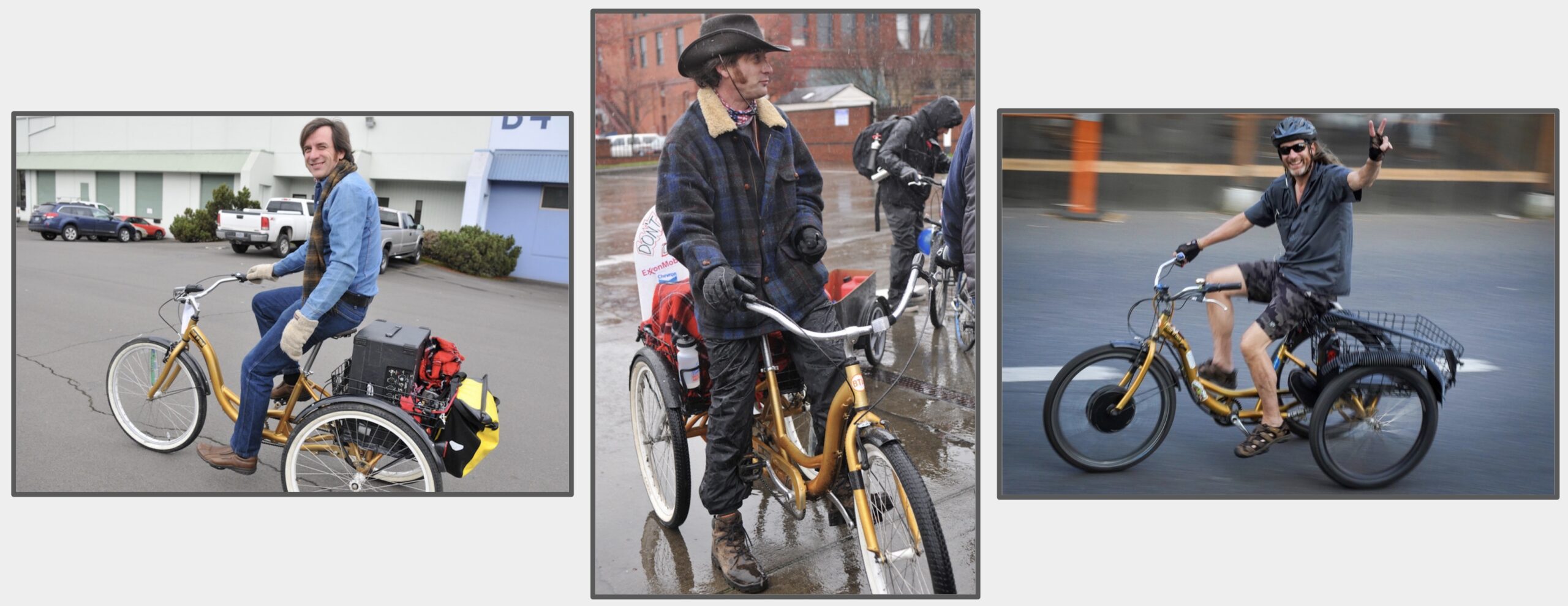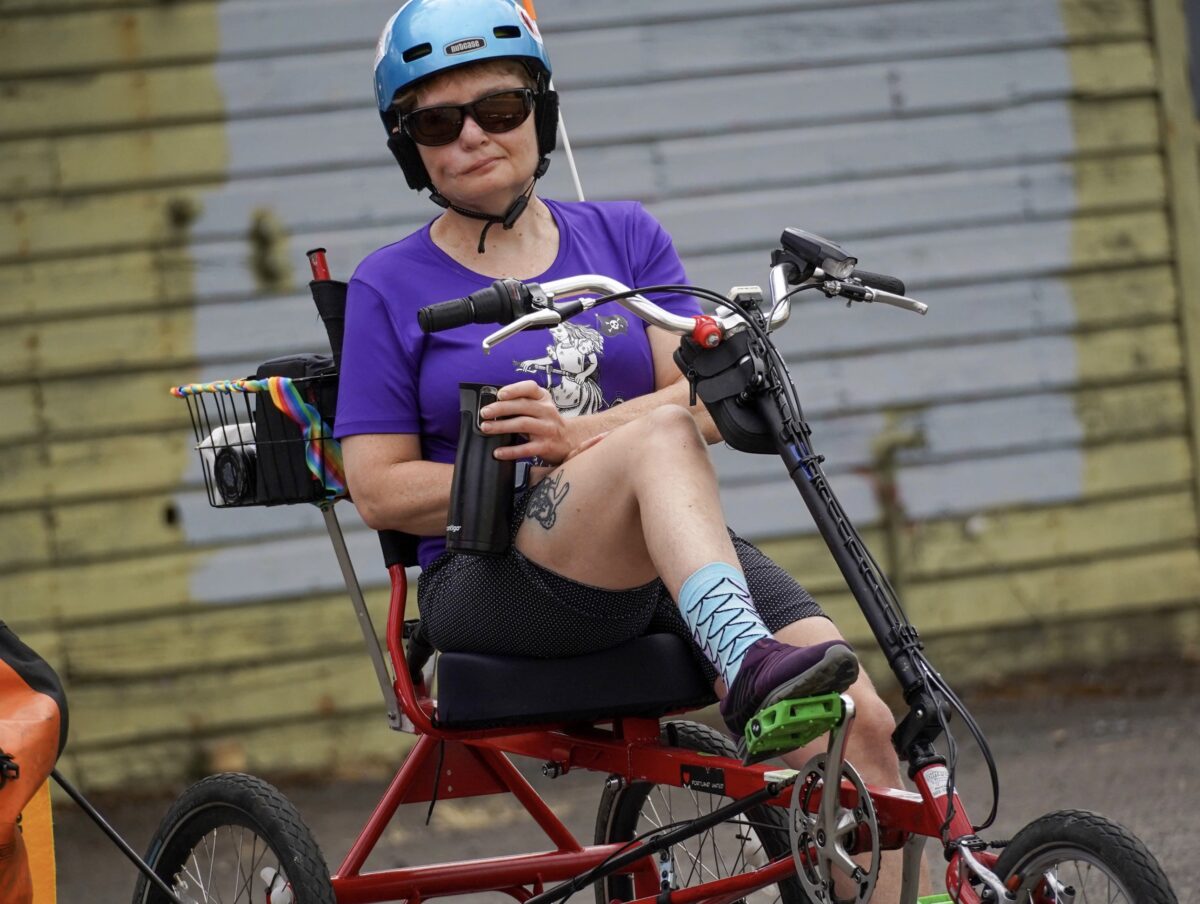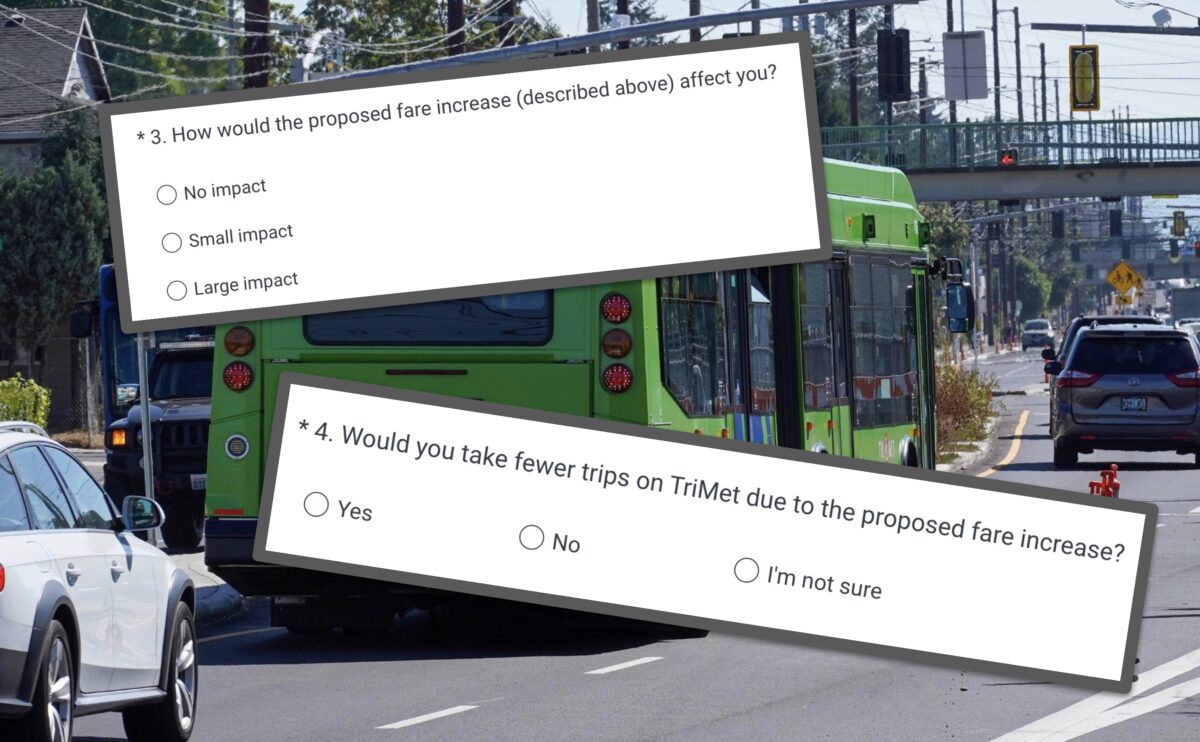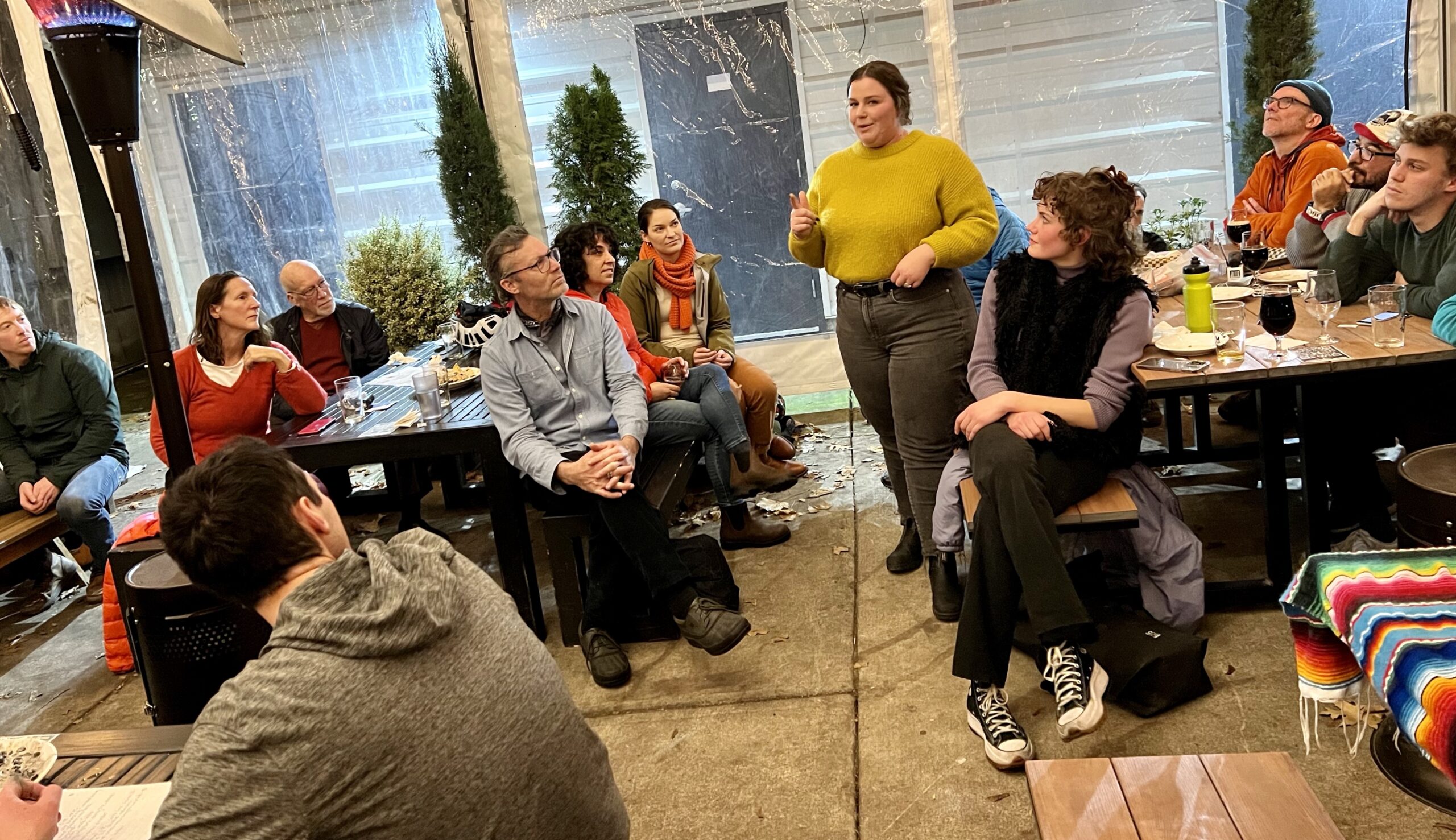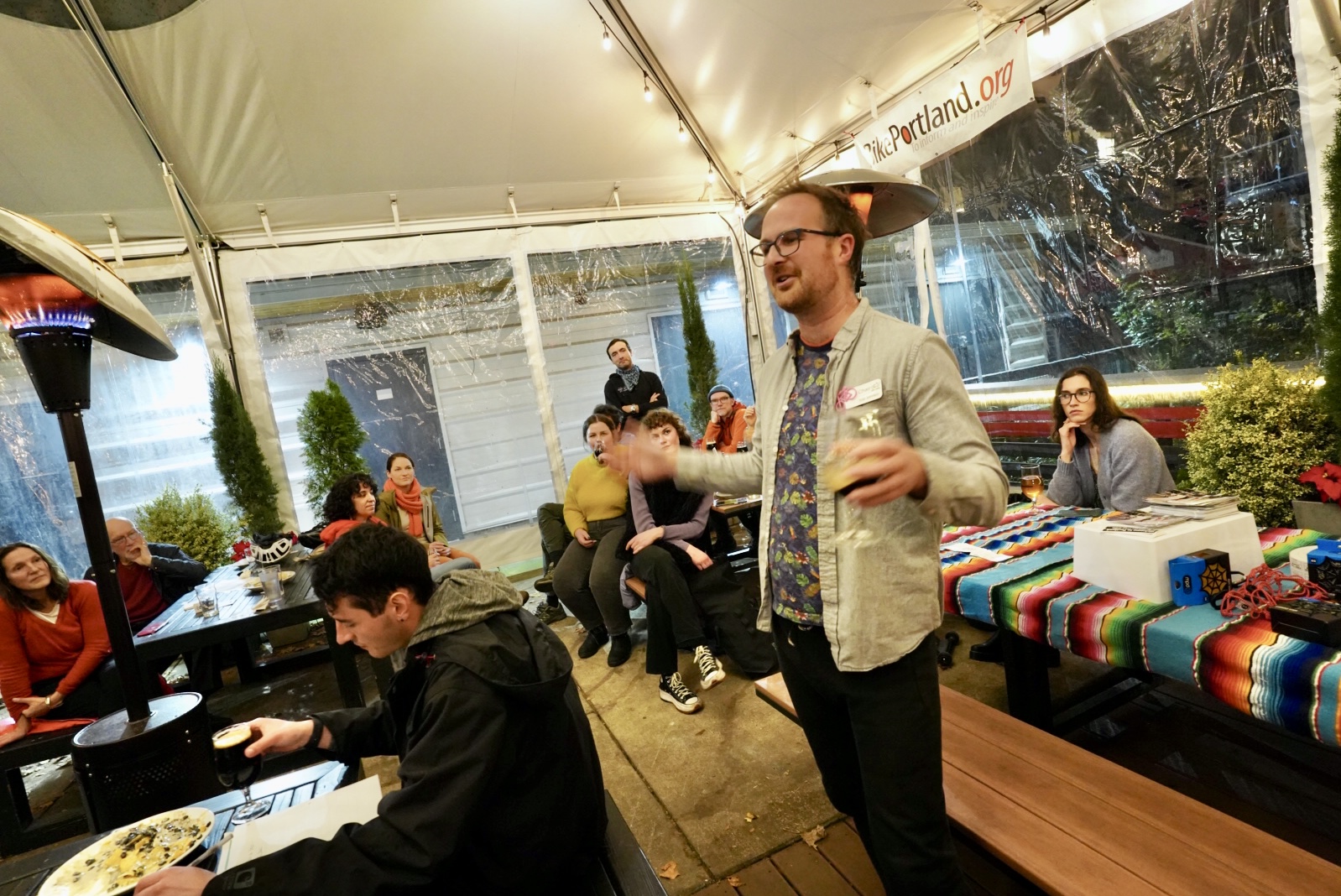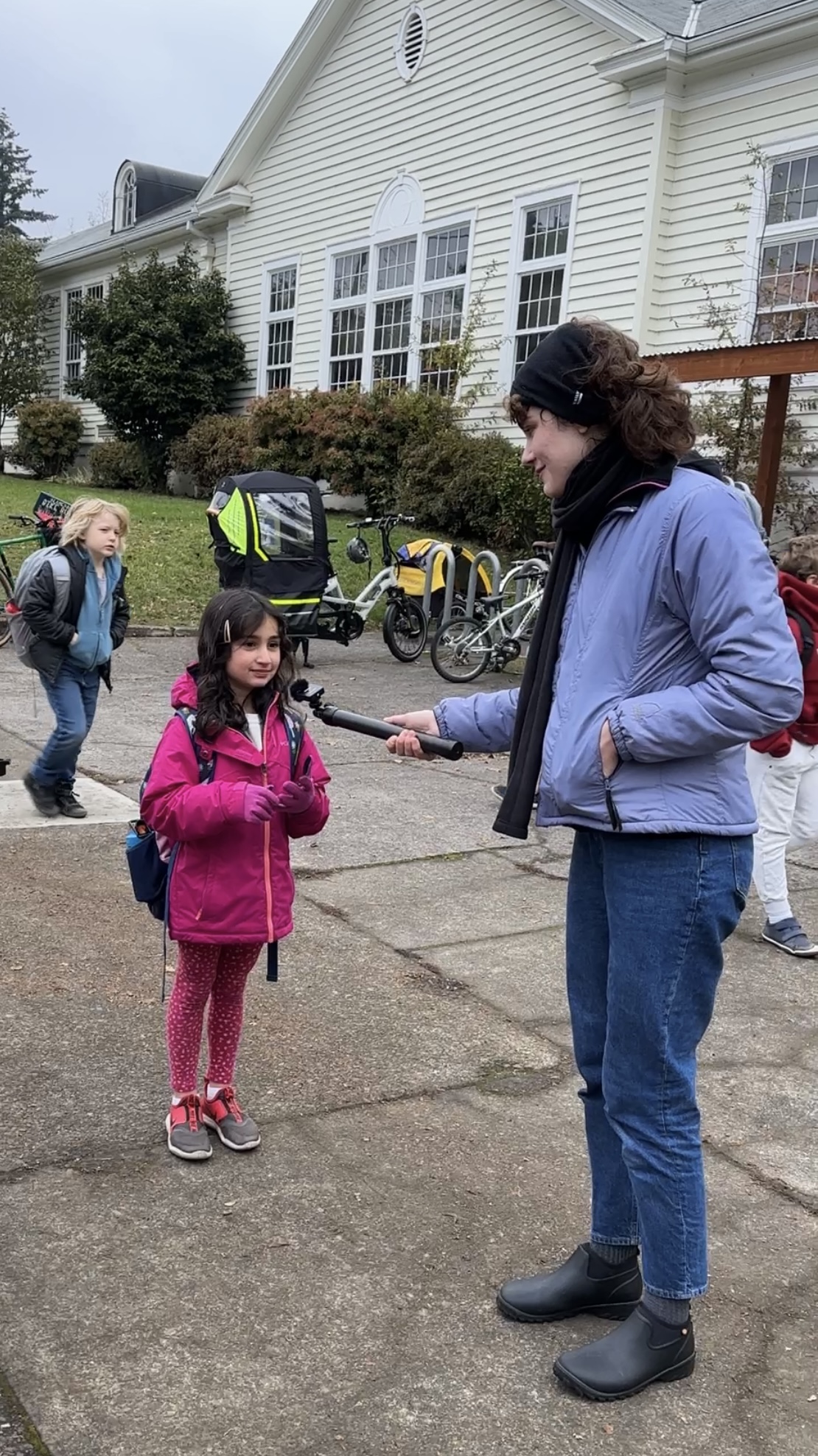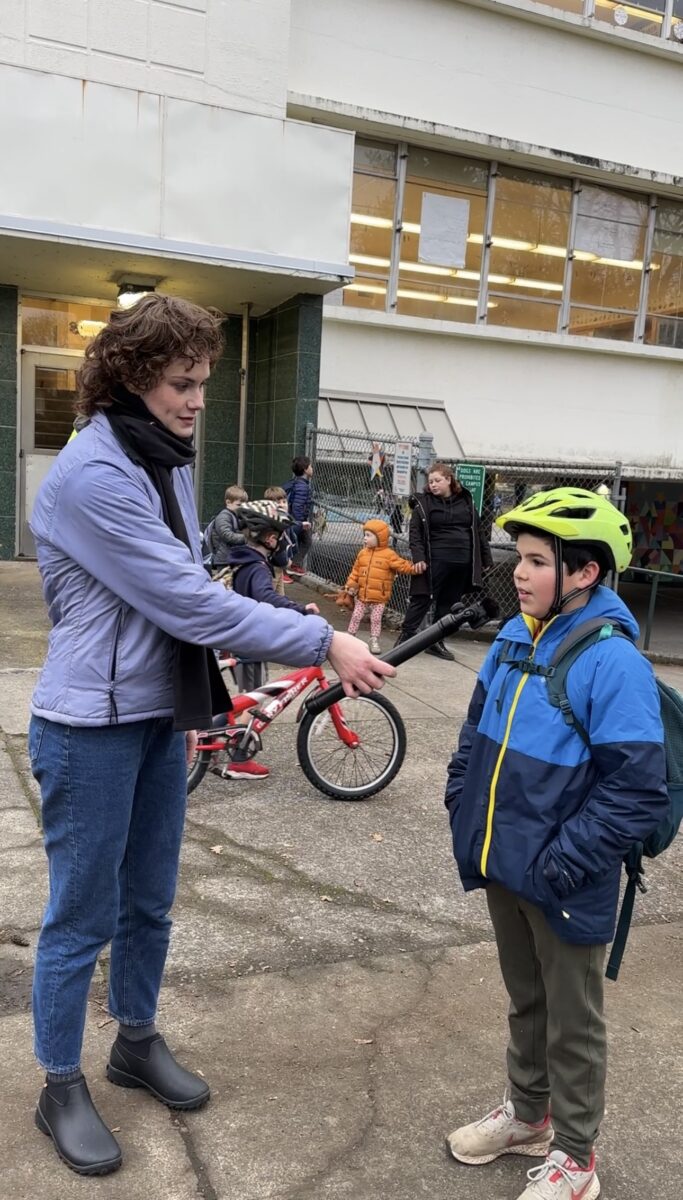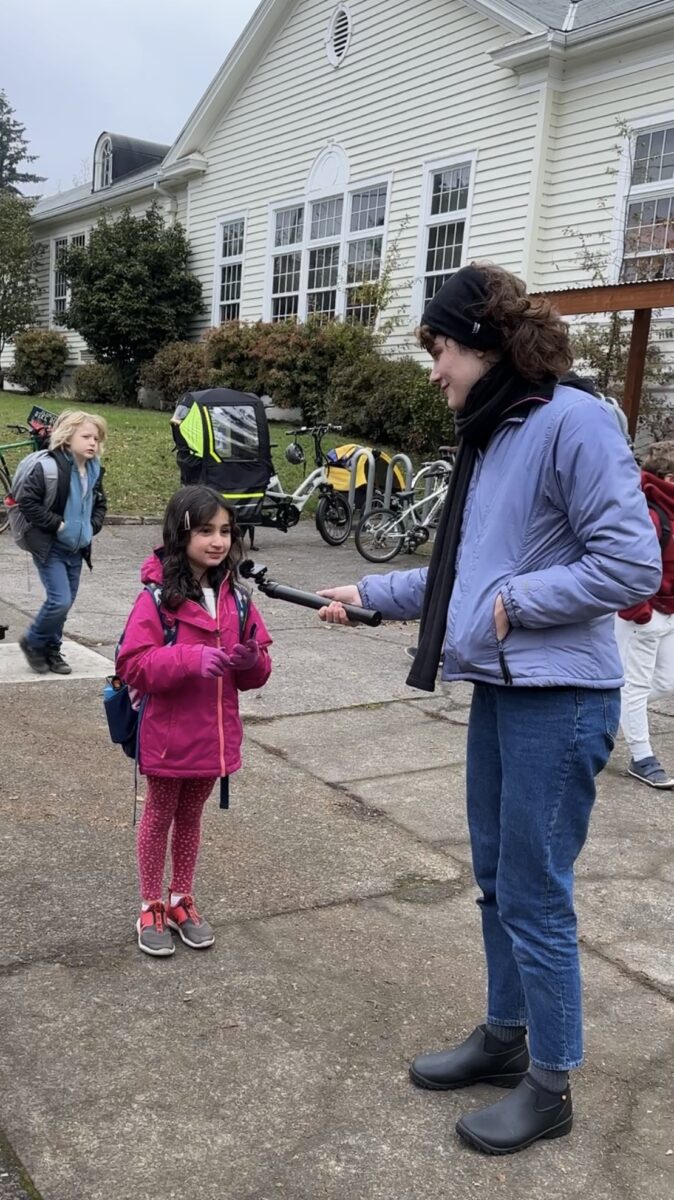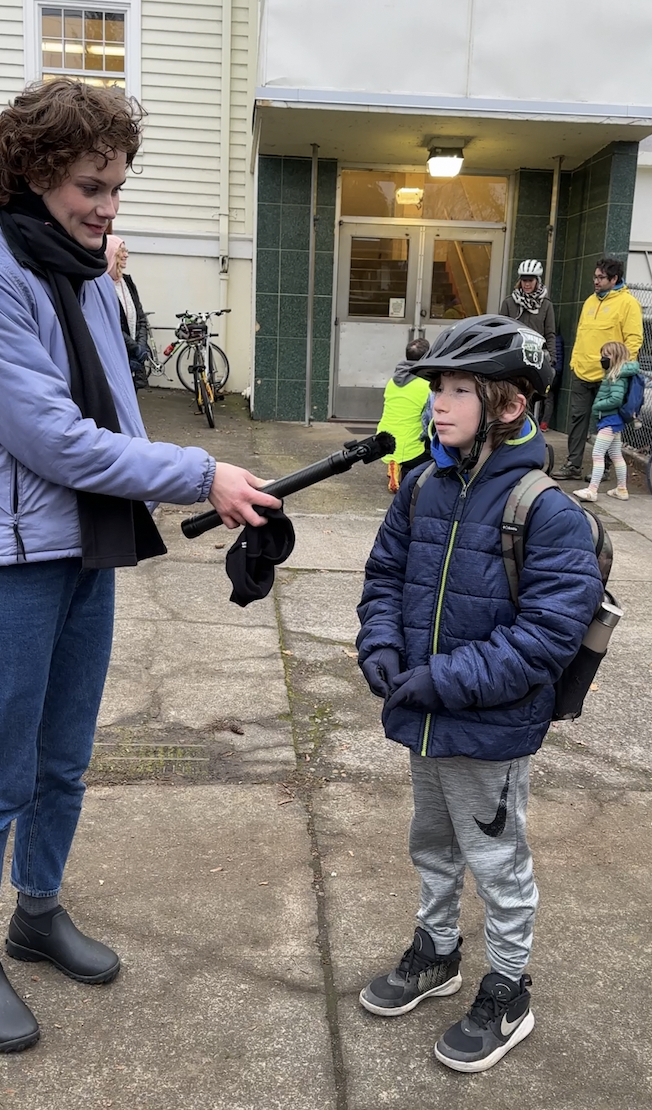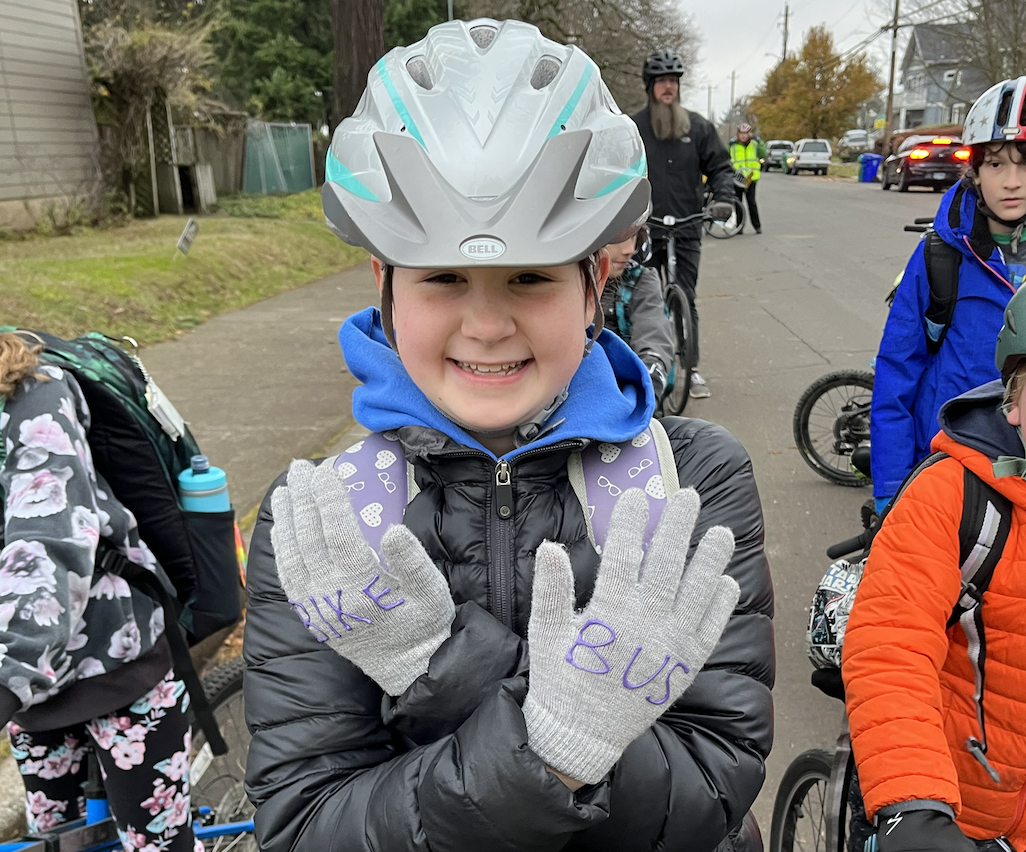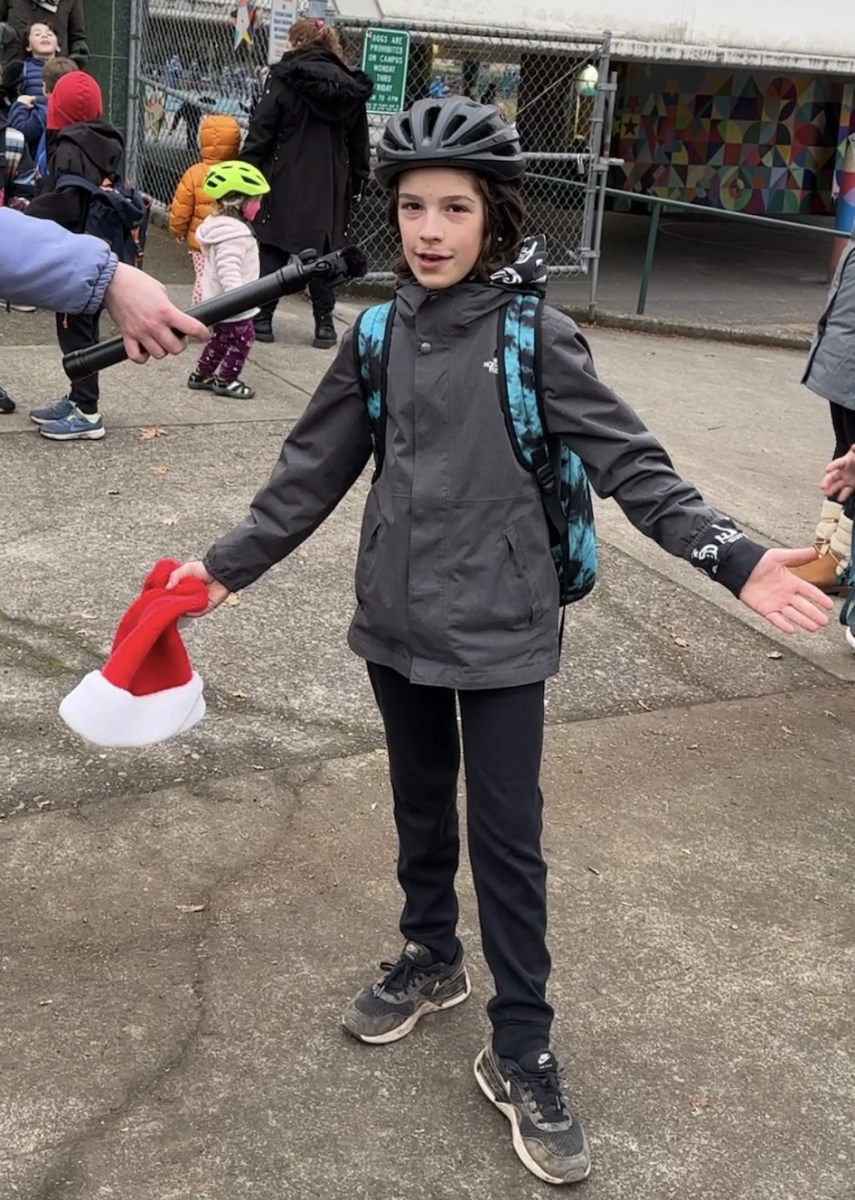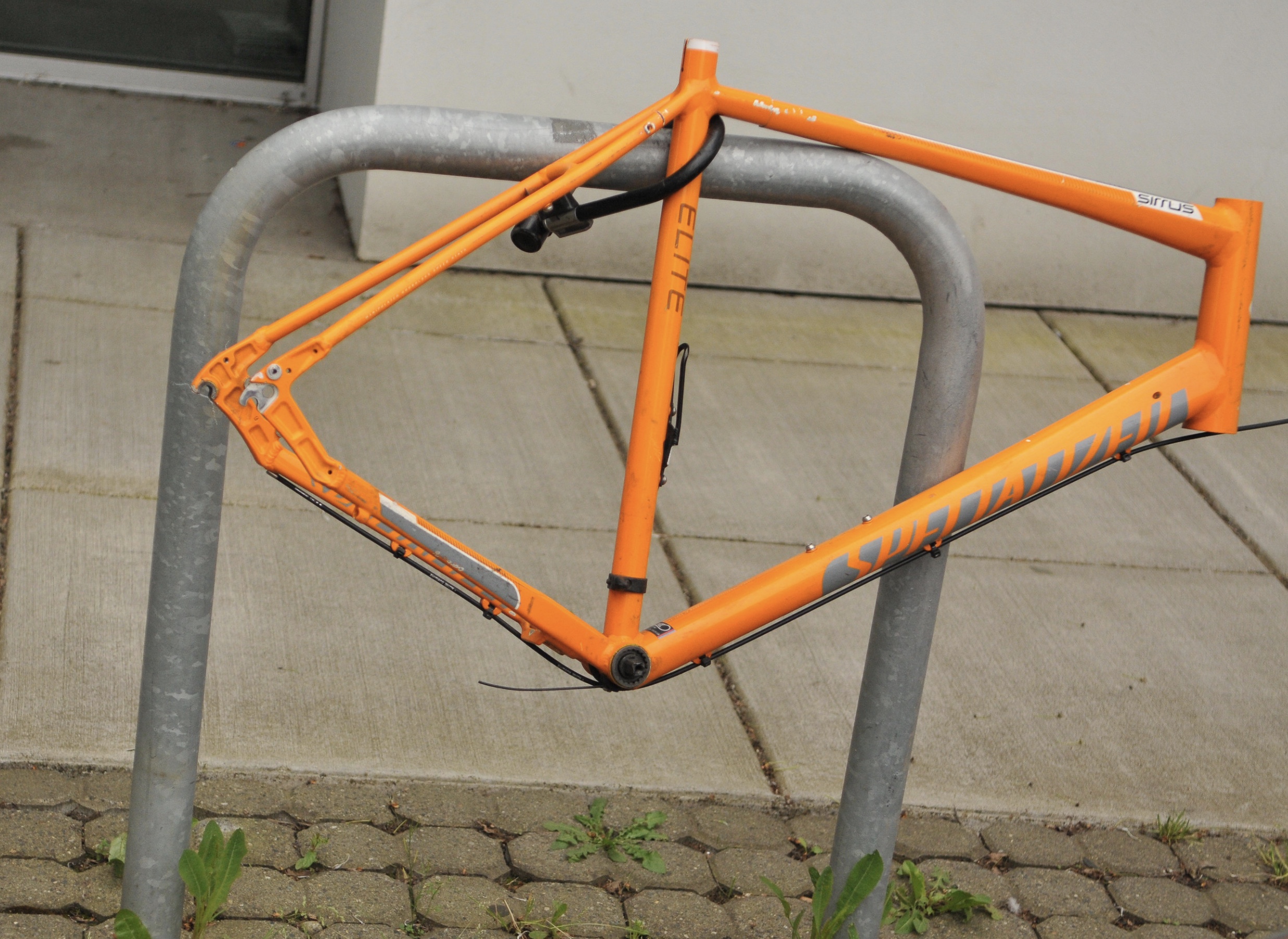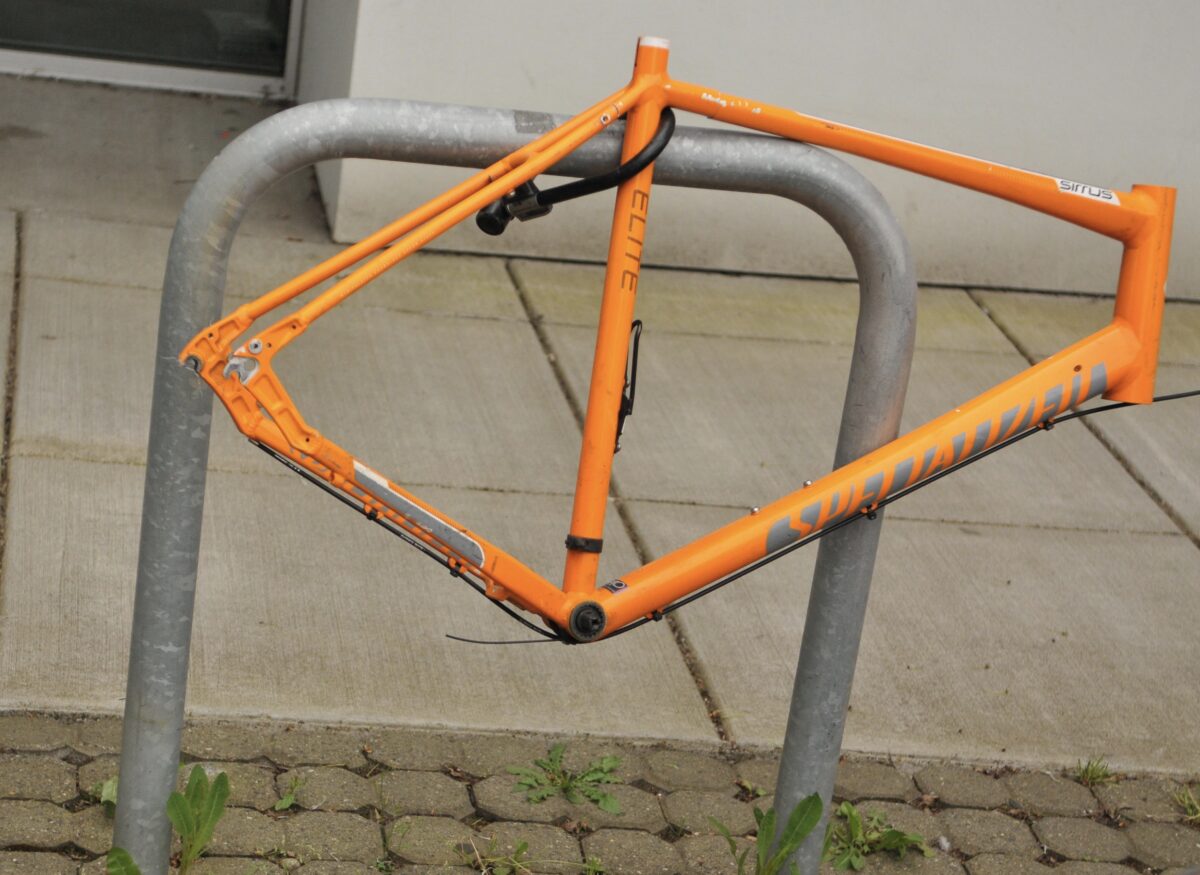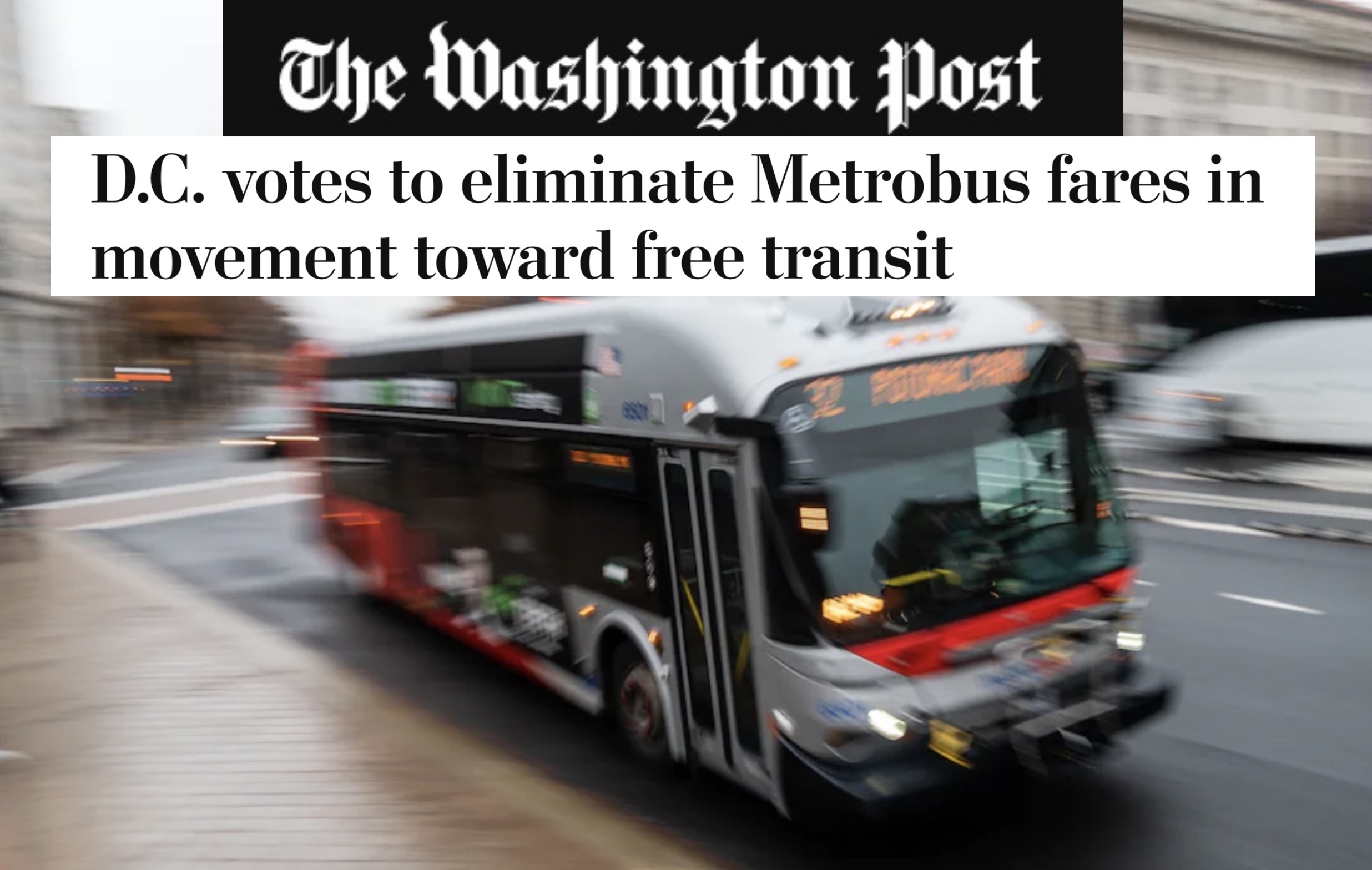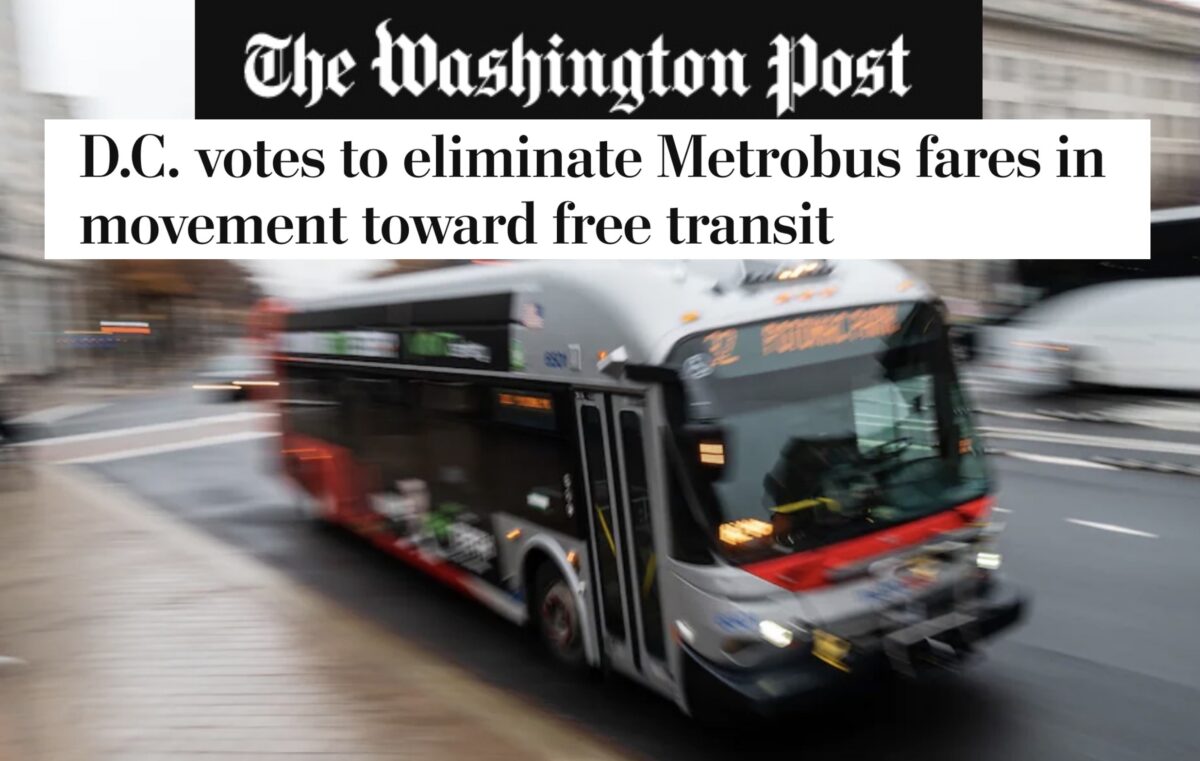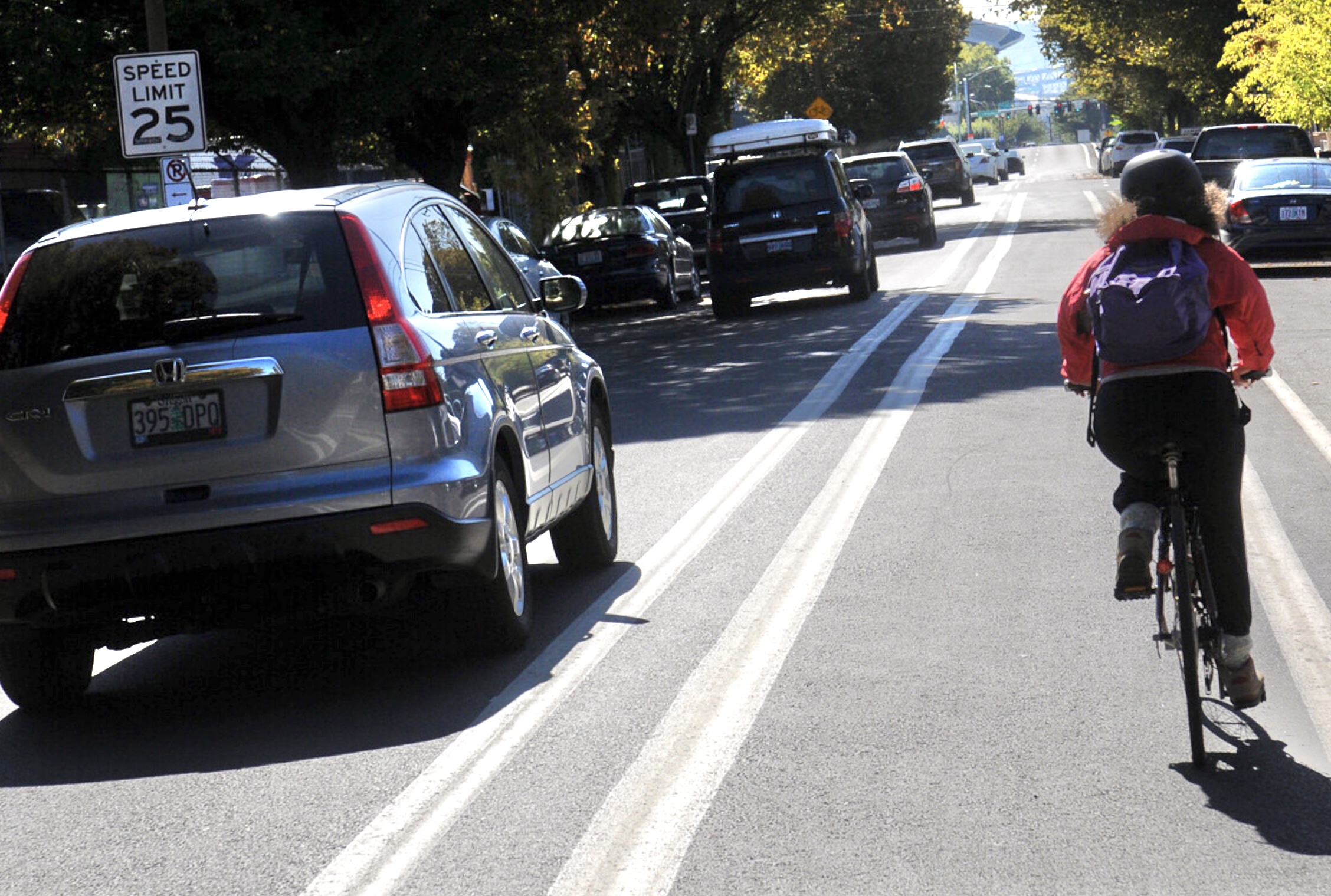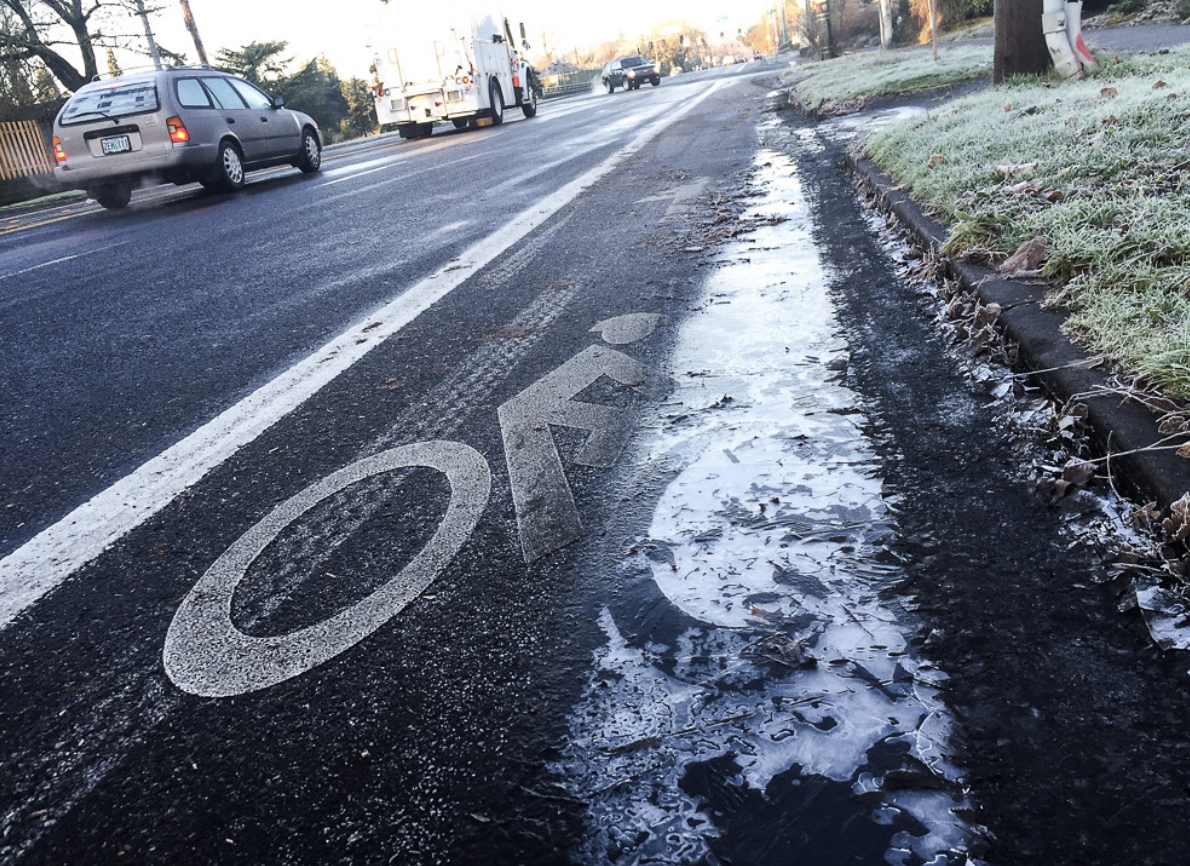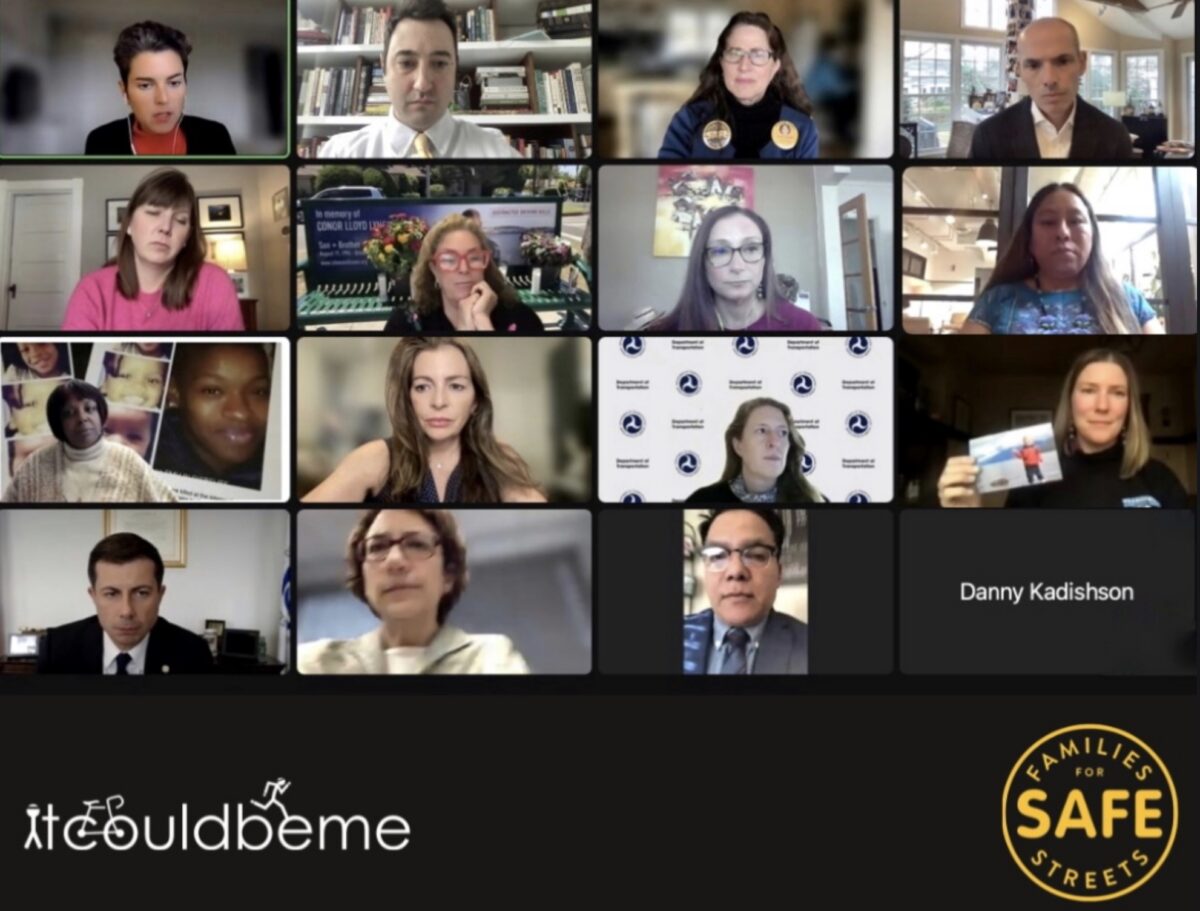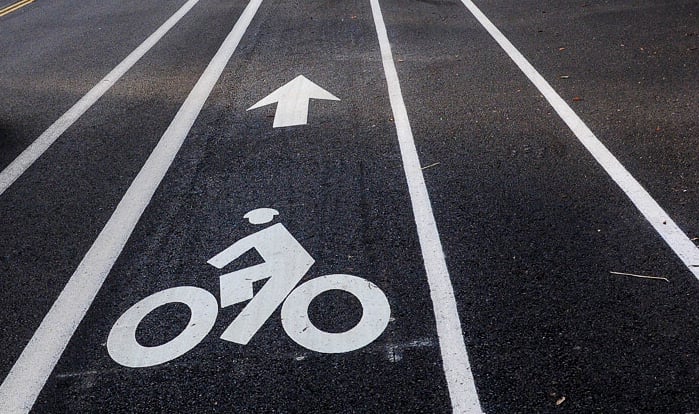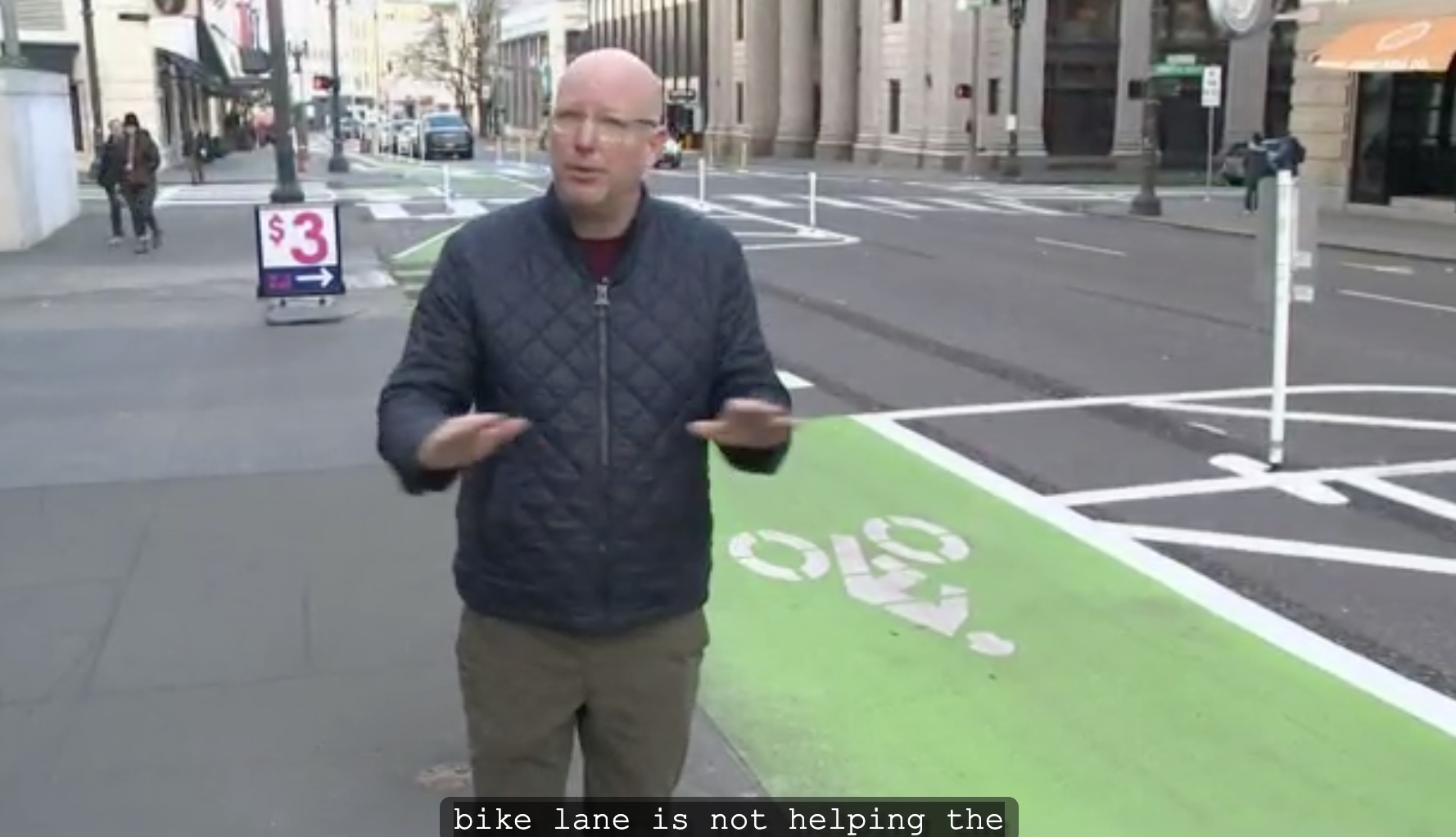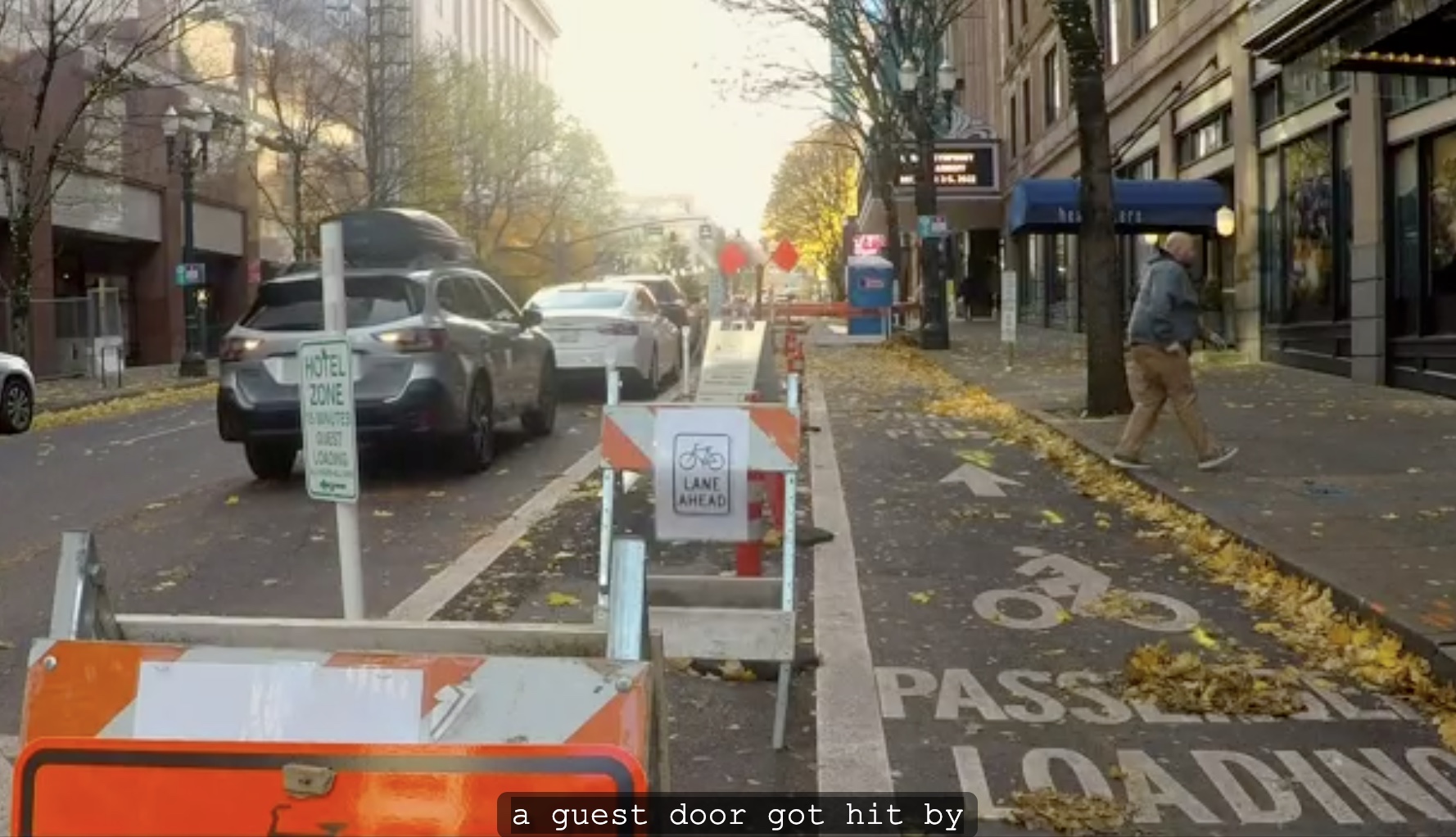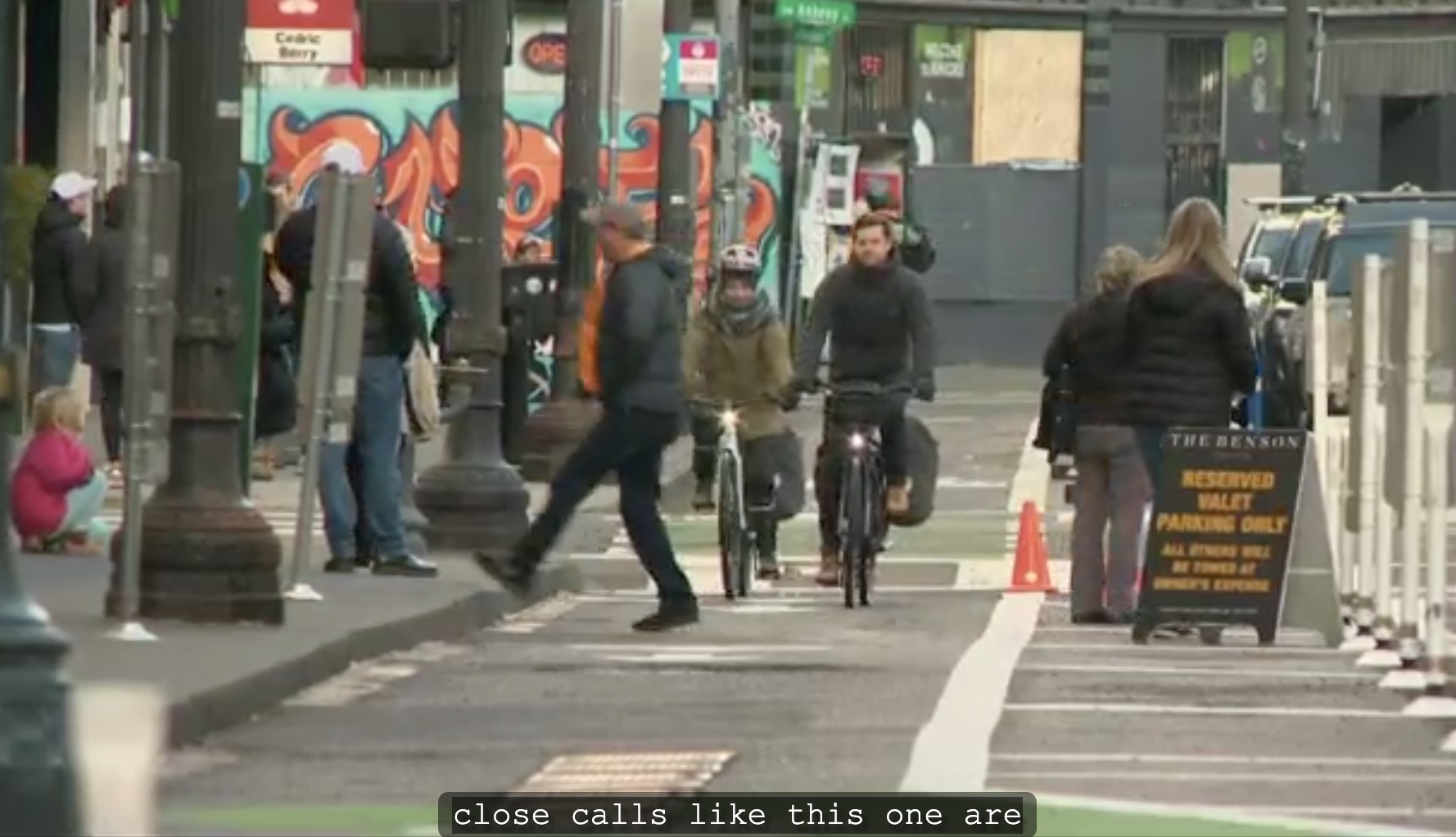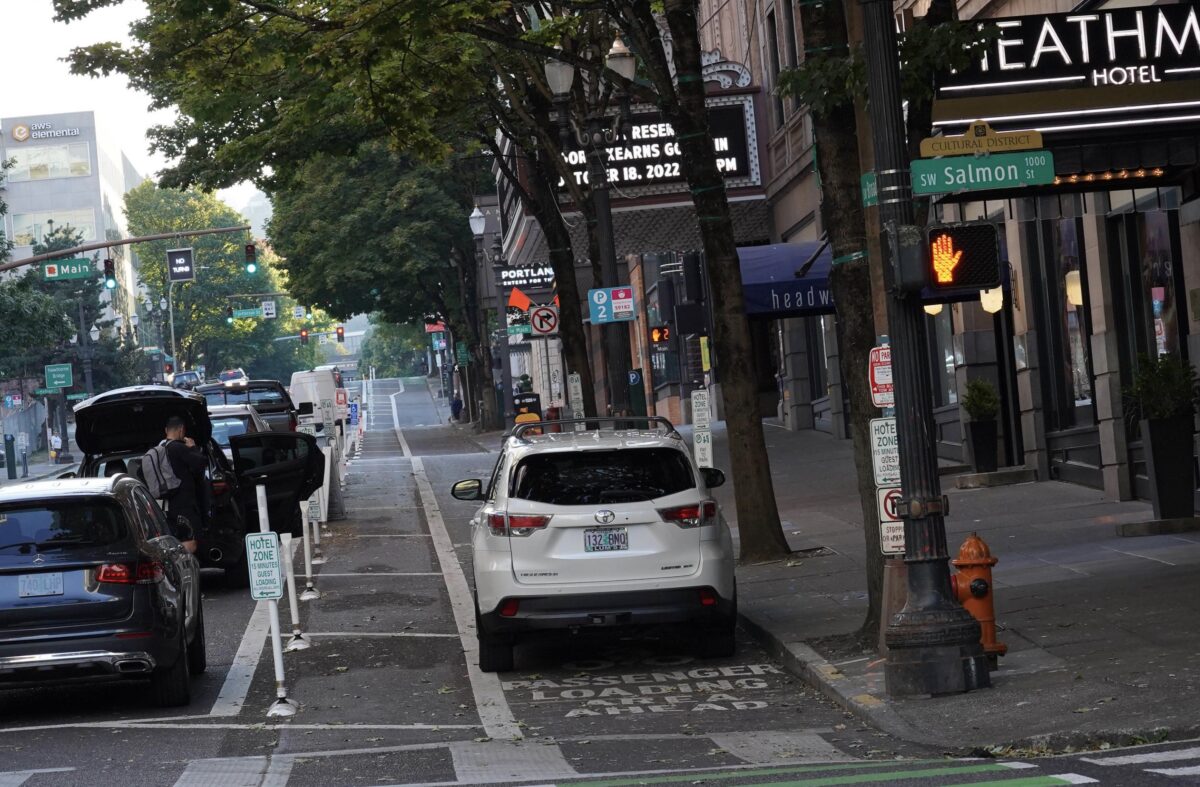Welcome to the weekend.
The Weekend Guide is sponsored by The eBike Store (809 N Rosa Parks Way), who reminds you to check out their Ridiculous Holiday Sale for great deals on great bikes.
And with that, here’s our hand-picked selection of the best rides and events coming your way.
Friday, December 9th
Street Day – 8:00 am – 3:00 pm at 1259 Lloyd Center (NE)
Stop by The Street Trust’s Lloyd Center HQ for ‘Street Day,’ a collab between all of Portland’s ‘street’ organizations: TST, Street Roots and Street Books! This will be an opportunity to help out these groups with their shared cause of “protecting human rights on the street.” More info here.
Friday Night Ride – Meets at 7:00 pm at Ladd Circle Park (SE)
Bundle up and head into the night with the FNR crew, then connect up with the Midnight Mystery Ride after various libations and probably fire. More info here.
Saturday, December 10th
PDX Coffee Outside – Location TBD
The location changes weekly for the Saturday park gathering of bike and coffee lovers. Check the group’s Instagram for location, which will be posted the day before. More info here.
PSU Farmer’s Market ride – 10 am at various locations (SE)
It’s always a great time when you accompany Hami Ramani (and company) on the weekly bike journey to the PSU Farmer’s Market! More info here.
Bicycle Advisory Committee ride meeting – 10:30 am at SE 82nd and Division TriMet stop (SE)
Join the BAC for one of their ride meetings, where you can talk policy and infrastructure with some of Portland’s most knowledgable bike folks. This ride will be about 10 miles through east Portland and feature the new Division St protected bike lanes, the 150s neighborhood greenway and advisory bike lanes on NE San Rafael. More info here.
Sunday, December 11th
Overlook ‘Rake and Ride’ – 10:00 am at Stacks Coffeehouse (N)
Overlook Neighborhood Association Chair Nic Cota leads a monthly ride through his neighborhood, and this week will be an opportunity for people to help clear leaves from north Portland’s streets. Bring gloves and a rake (and a cargo bike if you have one) and get ready to use some elbow grease to make sure our bike connections are debris-free. More info here.
Bob’s Red Mill Ride – 10:00 am at Gateway Transit Center (NE)
Join the Portland Bicycling Club for a jaunt from Gateway to Bob’s Red Mill HQ. More info here.
See all upcoming events here. Promoting an event? Know about something we should boost? Please let us know and we’ll get it on the calendar.


